Rebar Tying: Key Reasons Behind – From Crack to Confine
Rebar, short for reinforcement bar, is a steel rod used in reinforced concrete structures to enhance their strength and durability by providing tensile strength and preventing cracks.
The importance of rebar in construction lies in its ability to distribute stress and load across the concrete, improving structural integrity and resistance to various forces such as bending, tension, and shearing.
By reinforcing concrete, rebar helps prevent structural failure, ensures longevity of the building, and enhances its overall safety and stability.
Contents
Purpose of Rebar Tying
- Ensuring structural integrity: By securely binding the reinforcement bars together, rebar tying helps maintain the stability and strength of the structure, preventing potential structural failures.
- Enhancing load-bearing capacity: Properly tied rebar creates a robust framework within the concrete, improving its load-bearing capacity by distributing and transferring loads effectively across the structure.
- Minimizing concrete cracking: Rebar tying helps to minimize concrete cracking by providing additional tensile strength to the structure. It helps control and limit the formation of cracks, ensuring the longevity and durability of the concrete elements.
- Load Distribution: Properly tied rebar allows for the effective distribution of loads within the concrete structure. It helps evenly distribute the applied forces, such as weight, tension, and bending stresses, across the reinforced elements. This helps prevent localized areas of high stress and ensures that the structure can handle the expected loads without excessive deflection or failure.
Overall, the purpose of rebar tying is to ensure the structural integrity, distribute loads effectively, reinforce the concrete, and control cracking. It plays a critical role in constructing durable, safe, and resilient concrete structures.
Key Reasons for Tying Rebar
A. Structural stability
- Preventing rebar displacement: Tying rebar securely ensures that the reinforcement bars remain in their designated positions, preventing any potential movement or shifting that could compromise the structural stability of the concrete elements.
- Distributing loads evenly: By properly tying rebar, the loads and stresses imposed on the structure are distributed evenly across the reinforced concrete, preventing localized areas of high stress and enhancing the overall stability of the construction.
B. Concrete reinforcement
- Improving tensile strength: Rebar tying reinforces the concrete by providing additional tensile strength, which is crucial in resisting bending, tension, and other forces that may cause the concrete to crack or fail under load.
- Enhancing durability: Tying rebar helps enhance the durability of the concrete by reinforcing its structural integrity. This reinforcement allows the concrete to better withstand various environmental and mechanical stresses, increasing its longevity.
C. Concrete confinement
- Controlling cracking and spalling: Proper rebar tying restricts the movement and expansion of concrete, minimizing the formation of cracks and preventing spalling (chipping or flaking) under applied loads or thermal changes.
- Preventing concrete separation: Tied rebar helps maintain the bond between the concrete and reinforcement, preventing separation or detachment of the two materials and ensuring a cohesive and strong composite structure.
D. Load Distribution
Properly tied rebar allows for the effective distribution of loads across the concrete structure. By creating a strong and interconnected framework, rebar tying helps to evenly distribute the applied forces, such as weight, tension, and bending stresses. This helps prevent localized areas of high stress and ensures that the structure can bear the intended loads without compromising its integrity.
Techniques for Tying Rebar
A. Hand-tying method
- Using wire or plastic ties: Rebar can be manually tied together using wire or plastic ties. These ties are wrapped around the intersection of the reinforcement bars and twisted or secured to create a tight bond.
- Proper knotting techniques: Hand-tying involves using various knotting techniques such as square knots or figure-eight knots to ensure a secure and reliable connection between the rebar.
B. Mechanical tying tools
- Automatic rebar tying machines: These tools are designed specifically for rebar tying and automate the process. They use a wire or plastic tie, which is automatically fed, twisted, and cut, reducing the need for manual effort. Automatic rebar tying machines significantly reduce the time and labor required for rebar tying compared to manual methods. They can tie rebar at a much faster rate, improving productivity and reducing the overall construction timeline. This allows construction projects to be completed more efficiently.
- Benefits of using mechanical tools: Mechanical tying tools increase productivity, efficiency, and consistency in rebar tying. They can significantly reduce labor time and effort, provide uniform tying tension, and minimize the risk of repetitive strain injuries. Additionally, they can handle larger volumes of rebar tying work more quickly and accurately compared to manual methods.
Safety Considerations
A. Protective gear for rebar tying
Workers involved in rebar tying should wear appropriate personal protective equipment (PPE) such as gloves, safety glasses, and steel-toed boots to protect against potential injuries from sharp edges, flying debris, or falling objects.
B. Avoiding injuries and accidents
Workers should exercise caution and follow safe work practices when tying rebar to minimize the risk of injuries. This includes maintaining a stable footing, using proper lifting techniques, and being aware of the surroundings to avoid tripping hazards or collisions with other workers or equipment.
C. Adhering to construction regulations
Construction sites have specific safety regulations that must be followed, including those related to rebar tying. It is essential to adhere to these regulations, which may include guidelines for proper equipment use, training requirements, and protocols for working at heights or in confined spaces.
Conclusions
Rebar tying is essential for maintaining the structural integrity of reinforced concrete structures. It helps prevent rebar displacement, distributes loads evenly, reinforces the concrete, enhances durability, and controls cracking and spalling. Properly tied rebar provides stability and strength to concrete structures, improving their ability to withstand various forces and loads. It enhances the overall structural integrity, reducing the risk of failure and ensuring the long-term safety and stability of the construction.
Emphasizing the importance of rebar tying encourages construction professionals to follow best practices and safety protocols. This includes using proper techniques, wearing protective gear, avoiding injuries and accidents, and adhering to construction regulations. By promoting these best practices, the quality and safety of construction projects can be significantly enhanced.
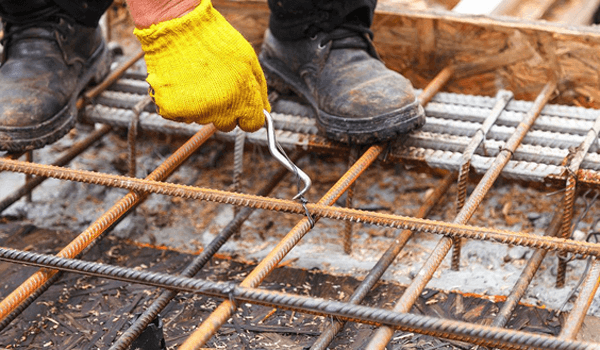
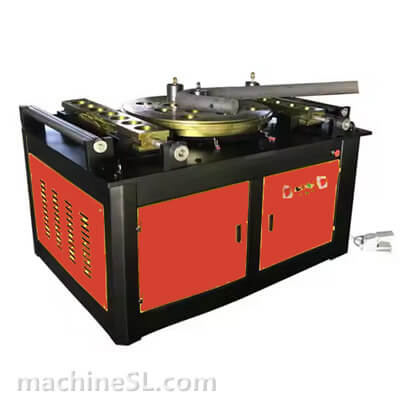
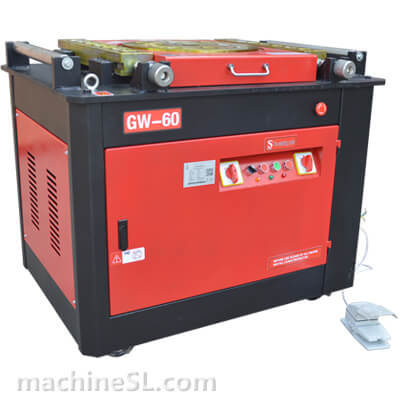

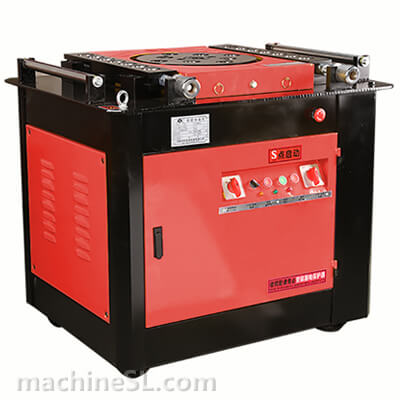
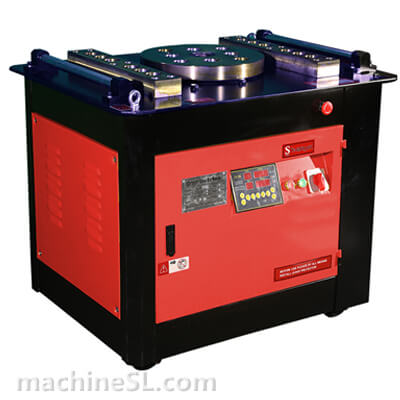
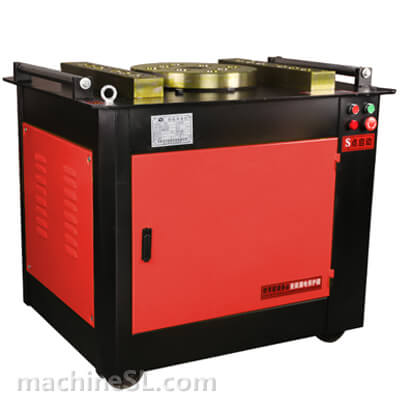
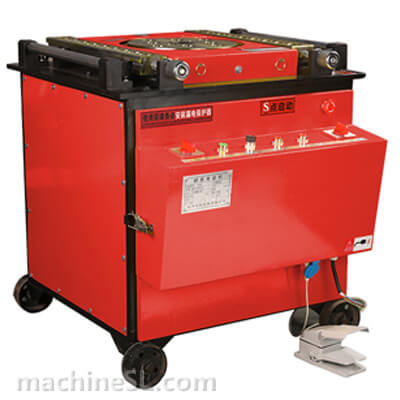
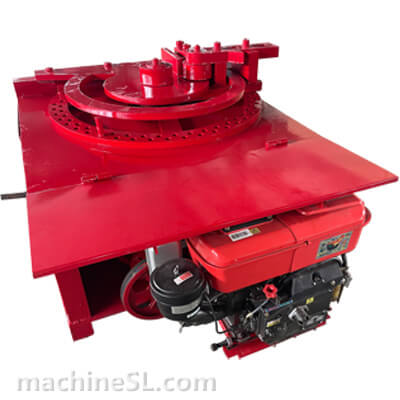

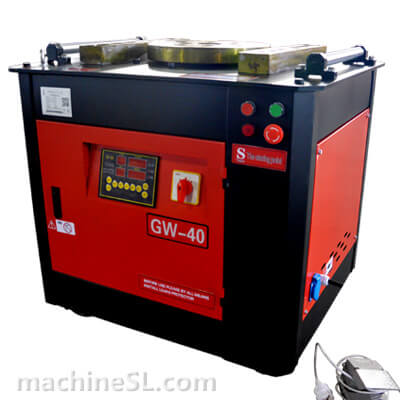
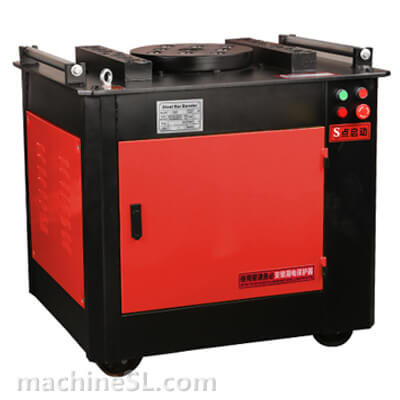
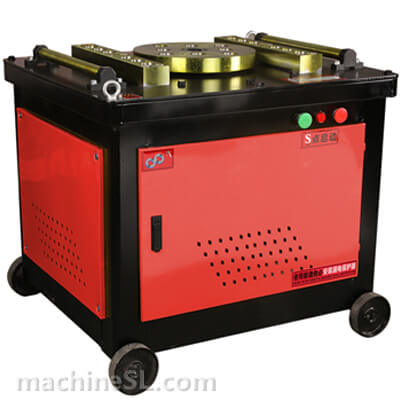
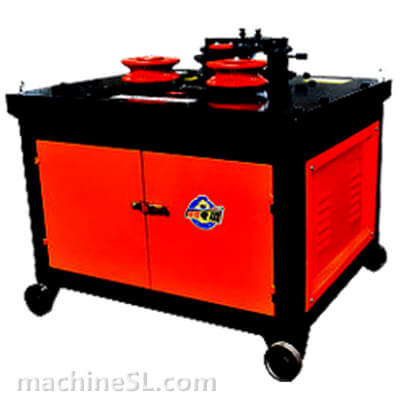
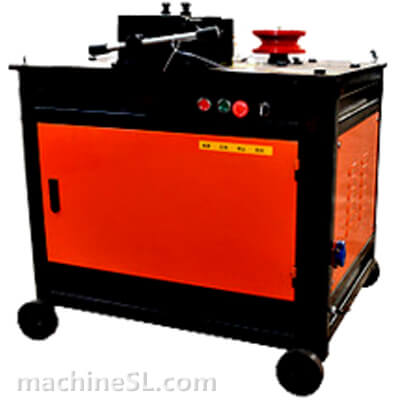
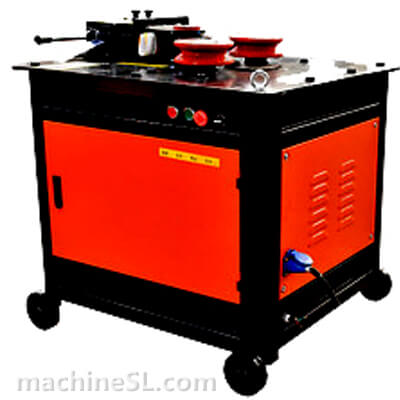
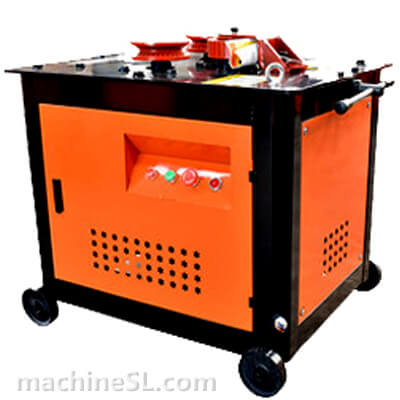
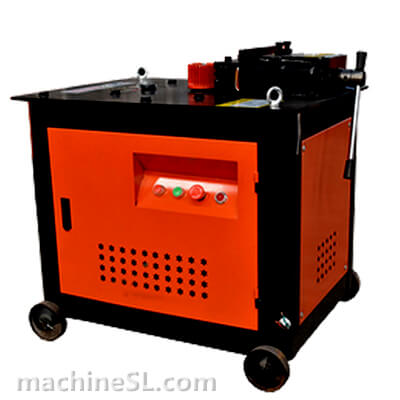
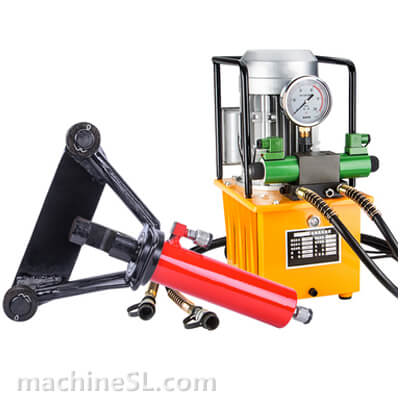
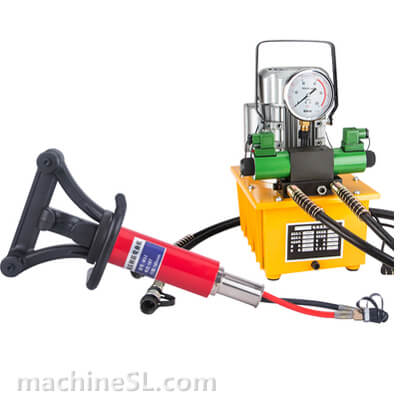
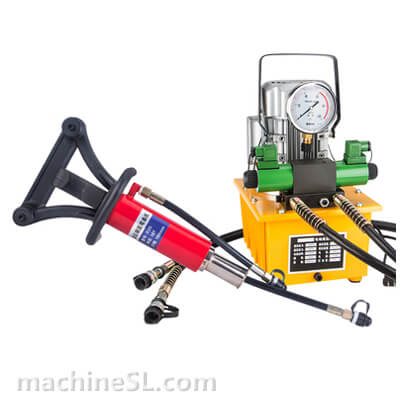
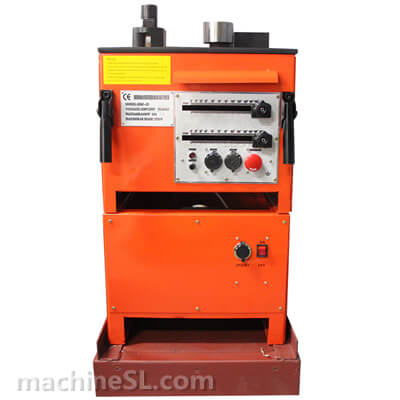
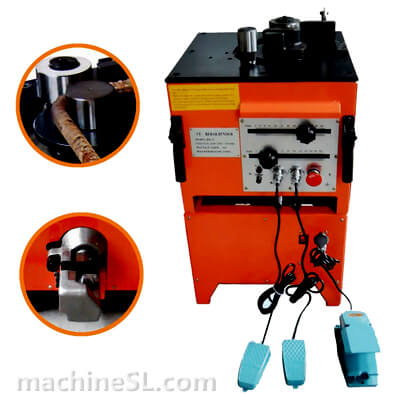
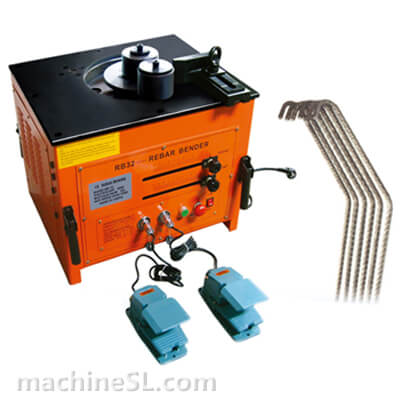
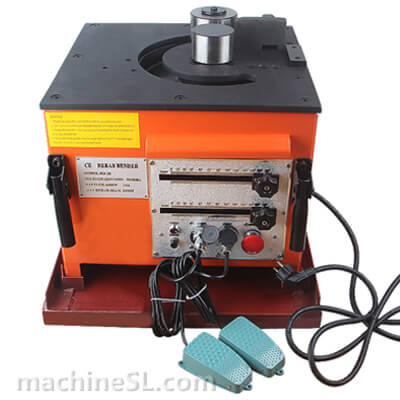
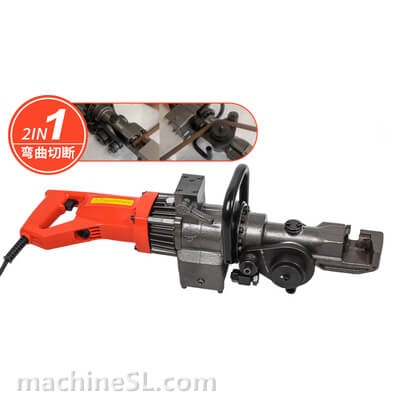

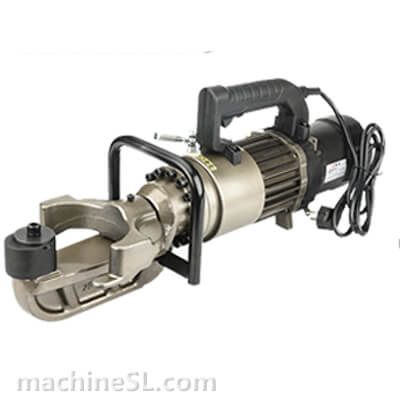

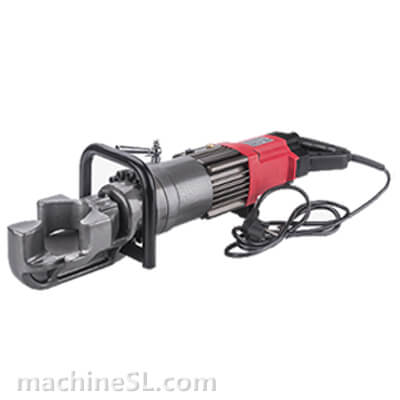
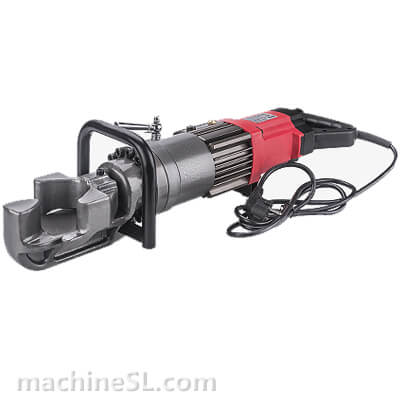
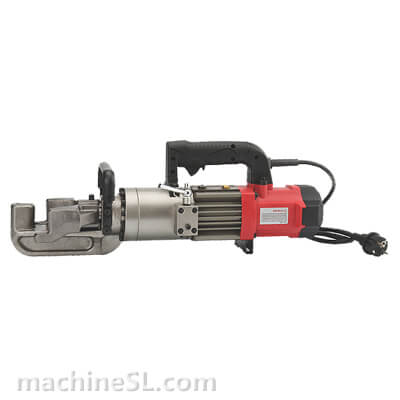


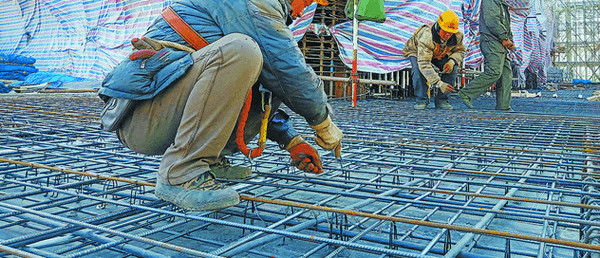
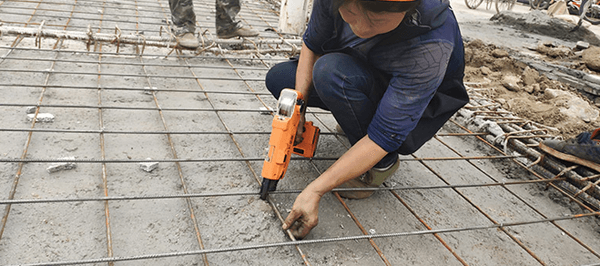





Leave A Comment